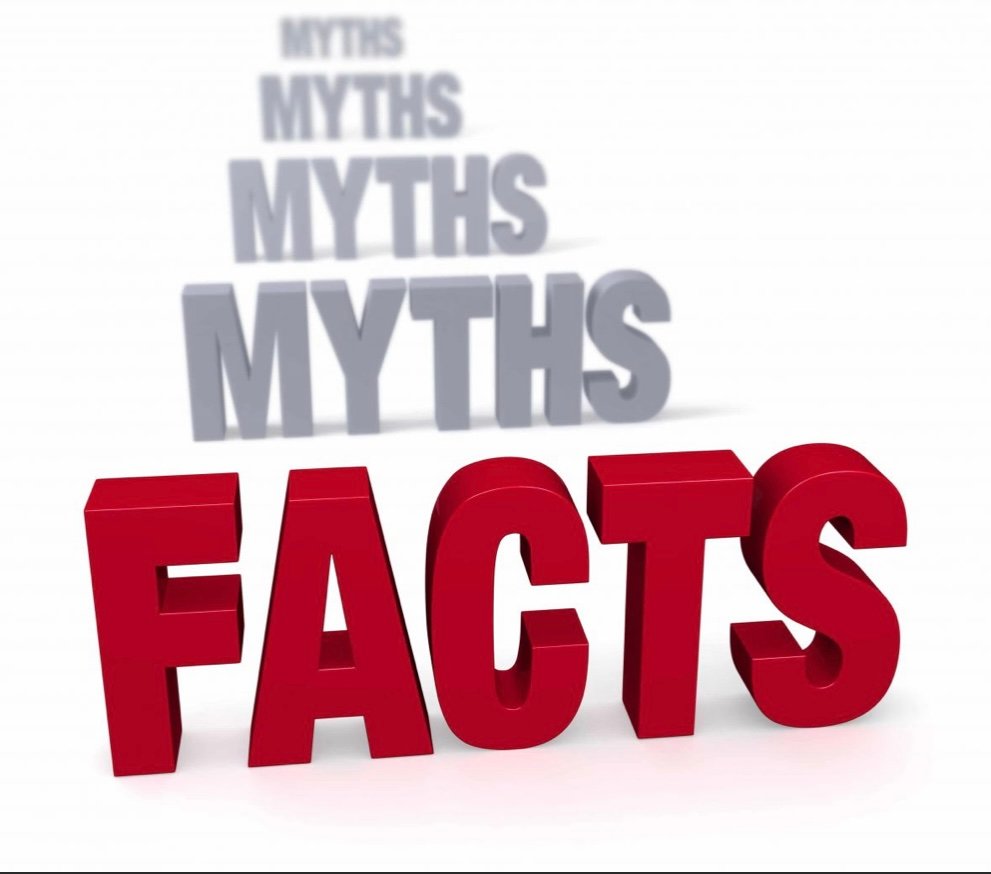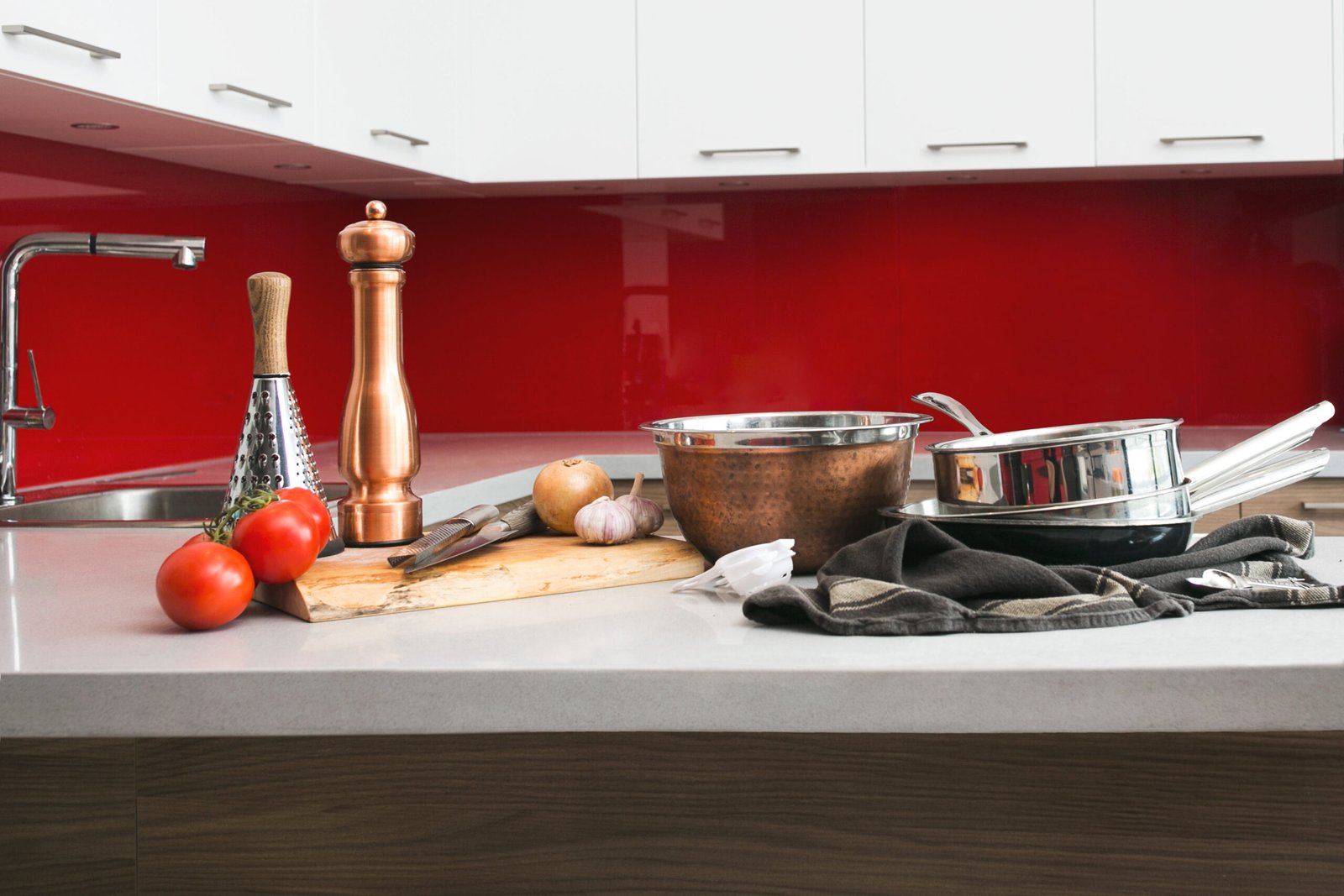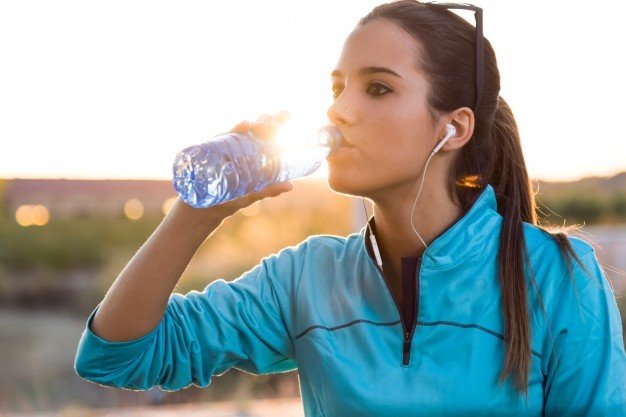THE WAY YOU COOK CAN MAKE A BIG DIFFERENCE TO ITS NUTRITIONAL AND CALORIFIC VALUE
Cooking improves the taste and texture of food. It also makes food safer to eat and easier to digest. However cooking can deplete vital vitamins and minerals. Some cooking methods can increase calories to the food.
BOILING
Boiling causes losses of around 40% thiamin (vitamin B1) and 50% vitamin C. To minimize depletion do not overcook (use a tight-fitting lid to reduce cooking time), and use only the minimum amount of water.
For example after 20 minutes of boiling 20% of the vitamin C in Brussels sprouts is lost. After 30 minutes the loss amounts to 65%.
When rice is cooked in a little water 30% of thiamin (vitamin B1) is lost. This increases to 50% when a lot of water is used. Boiling in water also leaches out minerals such as zinc and iron from foods. To minimize losses use the cooking water in gravies or sauces. To protect against loss of nutrients and for flavour, plunge vegetables straight into boiling water and don’t reheat them.
Food cooked in steam retains more nutrients than boiled. On average only around a quarter of the vitamin C is lost.
For example with broccoli 20% of its vitamin C is lost when steaming whereas 60% is lost with boiling.
The retention of minerals is also higher as there is little fluid contact to leach these out.

STIR-FRYING
This method needs little fat and is very healthy. Use a very little amount of oil or avoid oil completely. When hot add the meat, poultry or vegetables. Vegetables retain much of their crispness and nutrients.

ROASTING
Roasting destroys about a fifth of the B vitamins in meat and poultry. Place it on a rack so that the fat and juices drips off underneath.
DEEP-FRYING
If done properly, deep-frying can retain vitamins very well. It is important to use very hot oil as this gives an immediate sealing so that nutrients cannot escape. Hot oil also minimizes the amount of fat absorbed: fresh potatoes fried in oil take up about 7% of fat but frozen chips absorb upto 20% (as they cool the oil down).
Use fresh oil for each fry-up to prevent the formation of unnatural ‘trans’ fats which are associated with heart disease. This method of cooking is not ideal – it is bad to health and also adds a lot of calories to the food.
GRILLING
Grilling depletes about 20% of the B vitamins from meat, poultry and fish. However it is a good method for cooking especially when cooking high fat products such as bacon, burgers and sausages, as much of the fat drips into the tray below. This makes it as one of the best methods of cooking.
MICROWAVING
Microwave cooking is excellent for defrosting or reheating dishes, and for cooking vegetables or fish. The small quantity of water used, combined with shorter cooking times, is excellent at preserving vitamins and minerals. On average microwave cooking retains more nutrients than any other form of cooking.
BRAISING AND CASSEROLING
These methods are ideal for cooking less tender cuts of meat, as food is first sealed in hot oil and then cooked gently in hot fluid just below boiling point. Considerable leaching of nutrients can occur, but a good proportion of these losses are recouped because the sauce is consumed as part of the meal. To avoid using oil, use the oil spray.
BARBECUING
Barbecuing seals food, helps retain water-soluble vitamins and removes excess fat from meat. Harmful components, such as heterocyclic amines (HCA) and polycyclic aromatic hydrocarbons (PAH), can be formed when meat is barbecued. Beef contains more PAH than pork and chicken.
These components are formed when muscle meat is cooked with high temperature over an open flame.








